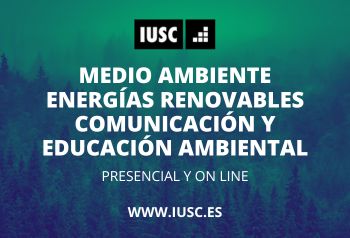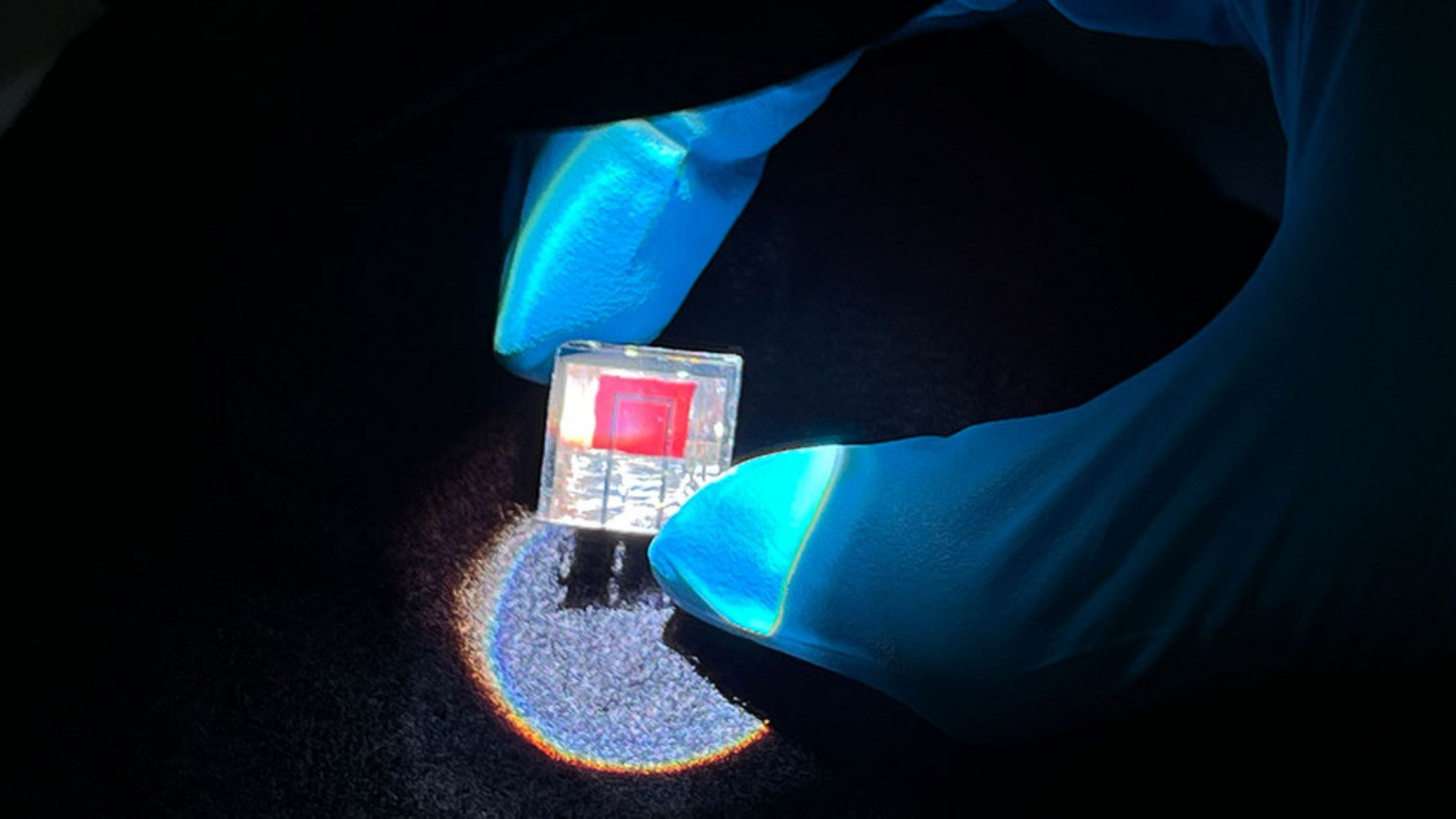Attention to all fans of renewable energy and care for the environment: scientists and researchers developed a new solar cell made from organic elements and materials, that replaced fossil energy fuels and thus contributed to the use of sustainable energy.
It’s one tandem solar cell (TSC), Made from perovskite materials and organic absorbers. With this invention, they have managed to improve the efficiency of solar cells so that they can absorb the greatest amount of solar energy and in a profitable way.
Thanks to this new solar cell, they will improve the efficiency of solar energy
The team that conducted this experiment consists of physicist Dr. Felix Lang from the University of Potsdam, Professor Lei Meng and Professor Yongfang Li from the Chinese Academy of Sciences in Beijing. The magazine Nature published the results of their research, in which they achieved record efficiency in their solar cells thanks to their new invention.

It is a decision to combine two different technologies, the perovskite and organic solar cellsThis is because both can be processed at low temperatures, unlike other materials in the industry. red and infrared part of the solar spectrum, such as silicon or CIGS. This means that by not having to use such high temperatures, the impact on the environment and the carbon footprint are reduced.
What is this innovative solar cell made of?
This new solar cell consists of a glass substrate, a perovskite absorber, a TCO layer, a passivation layer, an ICL and an organic absorber. Additionally, the design features a PDINN cathodic interlayer, which serves to help improve the interface between the active layer and the top electrode, and a silver electrode for electrical conduction.

The part of the perovskite It was not that simple, this was because tandem solar cells initially had efficiency losses in the layer of this material. To solve this, they had to apply a passivation layer to that part to reduce the defects that the perovskite can have. This consisted of cyclohexane-1,4-diammonium diiodide (CyDAI2) as a surface passivator.
«This was only possible by combining two major advances. Still, The tandem solar cells were limited by the perovskite layer, which exhibits strong efficiency losses when tuned to absorb only blue/green parts of the solar spectrum. To address this, we use a new passivation layer applied to the perovskite, reducing material defects and improving the performance of the entire cell,” the physicist explains. Dr. Felix Lang from the University of Potsdamone of the creators of this project.
They achieved a record efficiency of 25.7% in solar cells
Thanks to this important technology of combining materials it was possible to create a 25.7% efficiency in the production of solar cells, which was a record for research and for science in general.
This research is of great importance, not only because the efficiency of the solar cell improves and more energy from the sun can be used, but also because the use of these types of organic materials reduces both the ecological footprint and the impact. environment in general.
This is one huge milestone for science, especially for sectors that champion sustainable energy generation. Furthermore, this helps ensure that we can continue to use solar energy as one of the first renewable sources and remain profitable at the same time.

